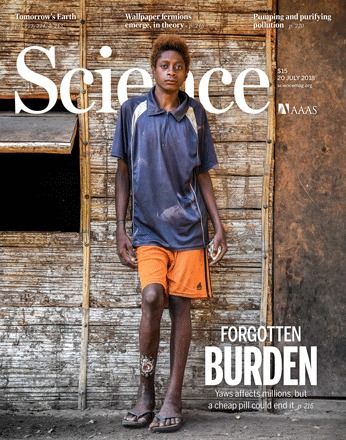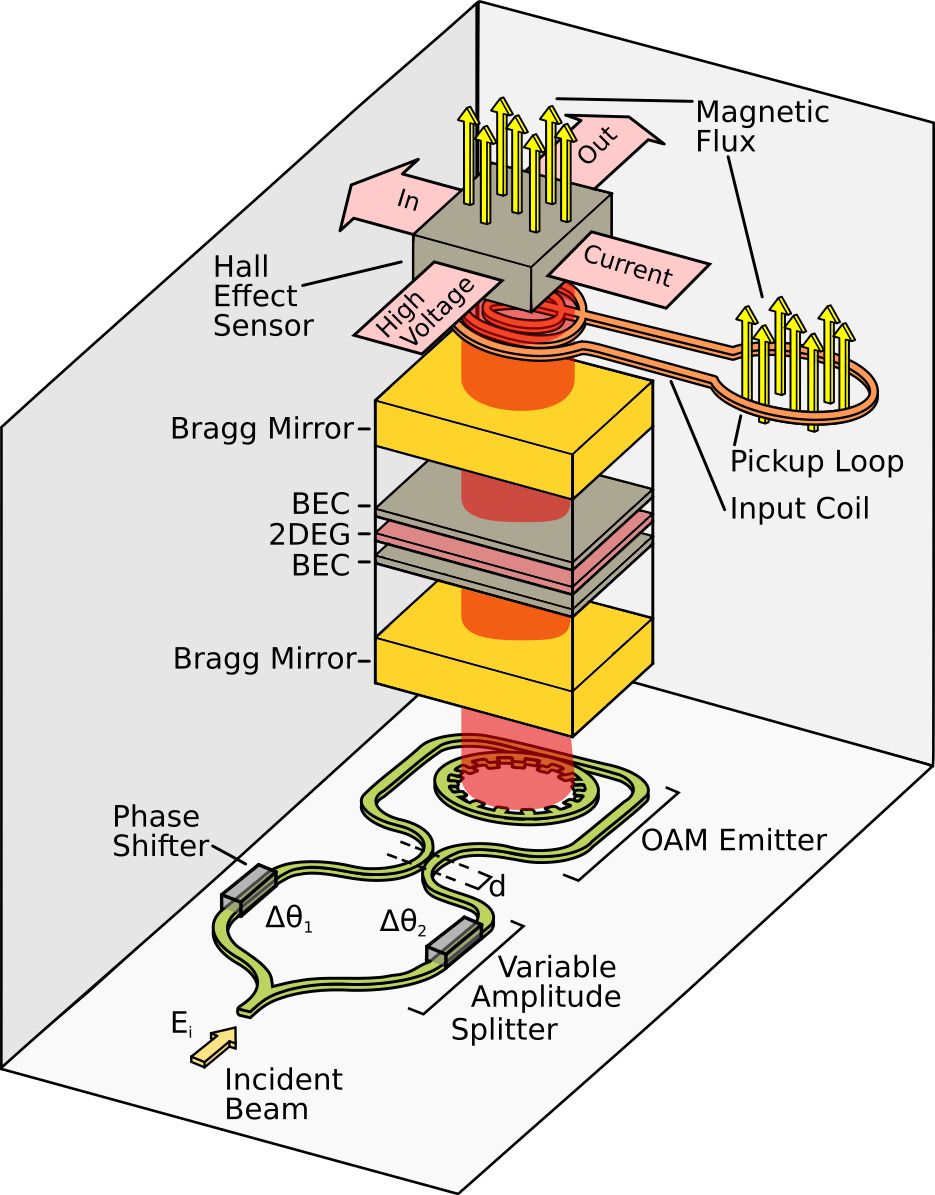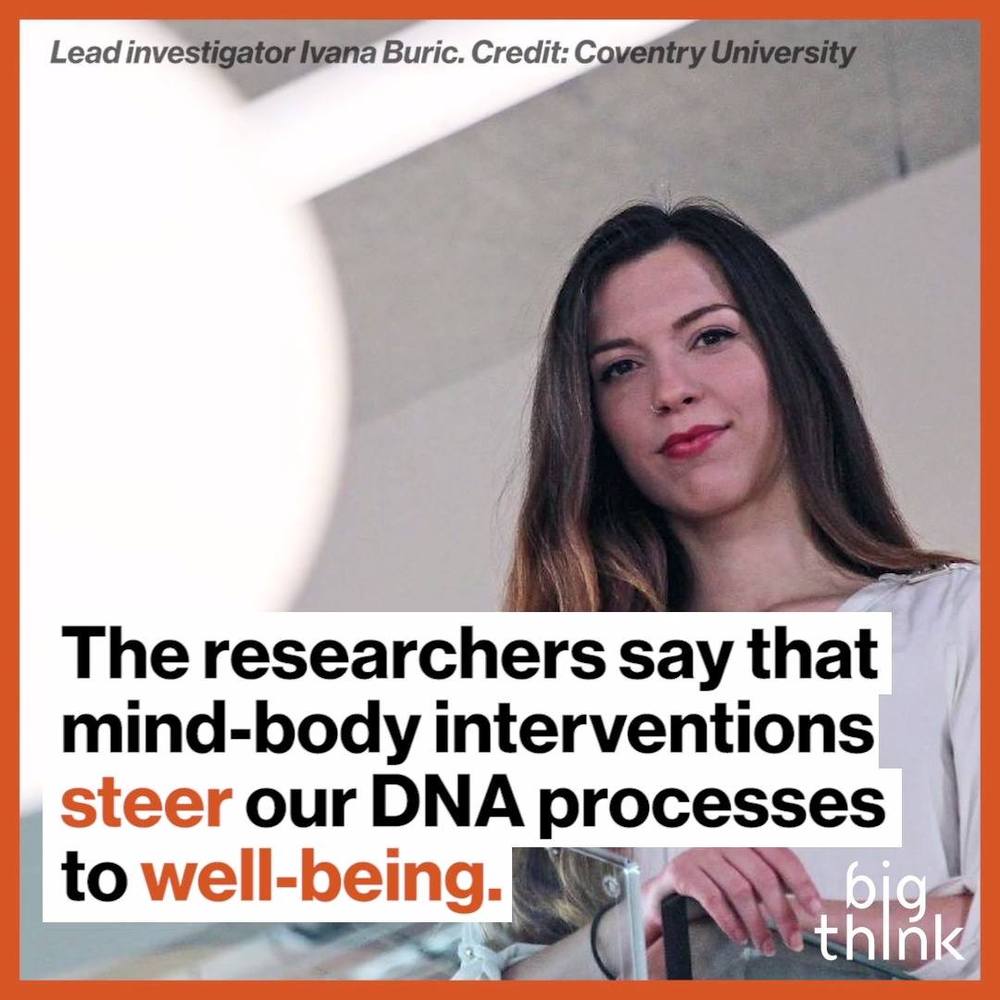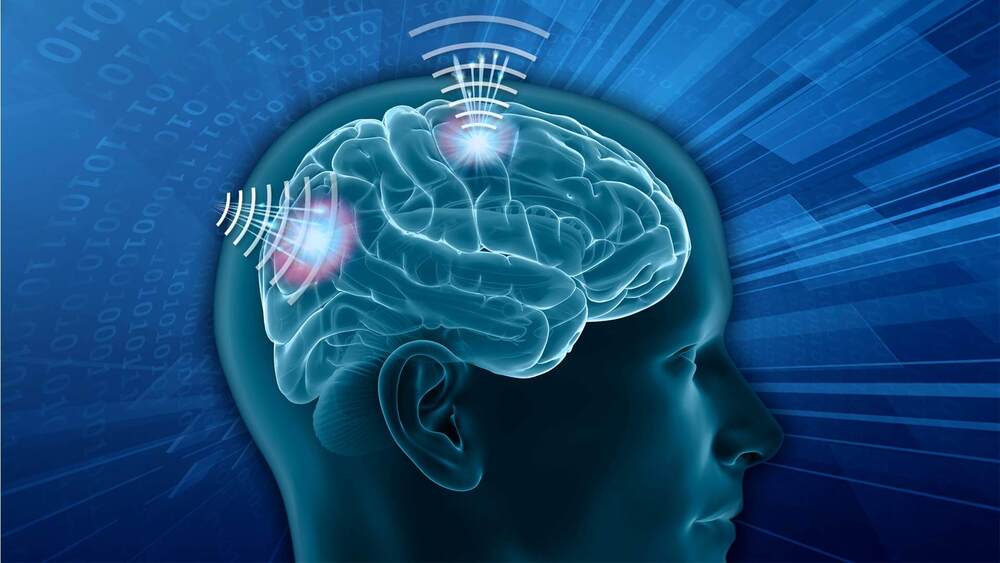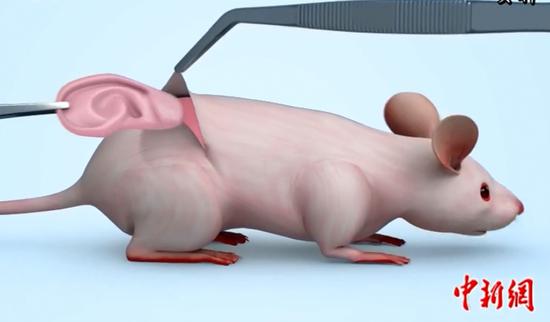This is a very focused group, if you’re concerned about existential risks for humanity.
Page 8735
That’s why more than 100 repositories, communities, societies, institutions, infrastructures, individuals and publishers (including Springer Nature, the publishers of Nature) have signed up since last November to the Enabling FAIR Data Project’s Commitment Statement in the Earth, Space, and Environmental Sciences for depositing and sharing data (see http://). The principles state that research data should be ‘findable, accessible, interoperable and reusable’ (FAIR)2. The idea is not new, but aligning this broad community around common data guidelines is a radical step.
All disciplines should follow the geosciences and demand best practice for publishing and sharing data, argue Shelley Stall and colleagues.
Jun 5, 2019
Fault-tolerant detection of a quantum error
Posted by Richard Christophr Saragoza in category: quantum physics
Noise and imperfections in a quantum system can result in the presence and propagation of errors through the system. A reliable quantum processor will need to be able to correct for these errors and error syndromes. Rosenblum et al. used higher quantum states of a superconducting-based quantum circuit to demonstrate a method for the fault-tolerant measurement of an error-correctable logical qubit. Such fault-tolerant measurements will allow more frequent interrogations of the state of the logical qubit, ultimately leading to the implementation of more quantum operations and more complex entangled quantum circuits.
Science, this issue p. 266
A critical component of any quantum error–correcting scheme is detection of errors by using an ancilla system. However, errors occurring in the ancilla can propagate onto the logical qubit, irreversibly corrupting the encoded information. We demonstrate a fault-tolerant error-detection scheme that suppresses spreading of ancilla errors by a factor of 5, while maintaining the assignment fidelity. The same method is used to prevent propagation of ancilla excitations, increasing the logical qubit dephasing time by an order of magnitude. Our approach is hardware-efficient, as it uses a single multilevel transmon ancilla and a cavity-encoded logical qubit, whose interaction is engineered in situ by using an off-resonant sideband drive. The results demonstrate that hardware-efficient approaches that exploit system-specific error models can yield advances toward fault-tolerant quantum computation.
Continue reading “Fault-tolerant detection of a quantum error” »
Jun 5, 2019
China Has Released A Computer Chip That ‘Talks’ To Your Brain
Posted by Paul Battista in categories: computing, neuroscience
Brain computer interfaces (BCIs) promise to allow communication between brains and computer devices. The “Brain Talker” is a new model that looks set to make the technology go mainstream.
Jun 5, 2019
The Quatron Transistor
Posted by Richard Christophr Saragoza in categories: computing, engineering, particle physics, quantum physics
Atomic BECs were first achieved in 1995. Although it has become easier to realize atomic BECs since their discovery, they still require very low temperatures for operation. For most purposes, this is too expensive and impractical. Alternatively, negatively charged quatrons are quasi-particles composed of a hole and three electrons which form a stable BEC when coupled to light in triple quantum layer structures in semiconductor microcavities. This allows for both the greater experimental control found in quantum optics, and the benefits of matter wave systems, such as superconductivity and coherence. Moreover, due to the extremely small effective mass of the quasi-particles, quatrons can be used to achieve superconducting BECs at room temperature.
The Create the Future Design Contest was launched in 2002 by the publishers of NASA Tech Briefs magazine to help stimulate and reward engineering innovation. The annual event has attracted more than 8,000 product design ideas from engineers, entrepreneurs, and students worldwide.
Jun 5, 2019
Yoga Isn’t Just For Your Mind—It’s Good For Your DNA
Posted by Paul Battista in category: biotech/medical
Jun 5, 2019
Carbon nanotubes found in children’s lungs for the first time
Posted by Richard Christophr Saragoza in categories: computing, nanotechnology
By Sam Wong
Carbon nanotubes have turned up in the lungs of children living in Paris – the first time they have been detected in humans.
Incredibly strong, light and conductive, nanotubes have shown great potential in areas such as computing, clothing and healthcare technology. Nevertheless, there has been some concern over their use after mouse studies showed that injected nanotubes can cause immune reactions similar to those produced by asbestos.
Continue reading “Carbon nanotubes found in children’s lungs for the first time” »
Jun 5, 2019
DARPA’s New Project Is Investing Millions in Brain-Machine Interface Tech
Posted by Genevieve Klien in categories: biotech/medical, cyborgs, Elon Musk, military, robotics/AI
When Elon Musk and DARPA both hop aboard the cyborg hypetrain, you know brain-machine interfaces (BMIs) are about to achieve the impossible.
BMIs, already the stuff of science fiction, facilitate crosstalk between biological wetware with external computers, turning human users into literal cyborgs. Yet mind-controlled robotic arms, microelectrode “nerve patches”, or “memory Band-AIDS” are still purely experimental medical treatments for those with nervous system impairments.
With the Next-Generation Nonsurgical Neurotechnology (N3) program, DARPA is looking to expand BMIs to the military. This month, the project tapped six academic teams to engineer radically different BMIs to hook up machines to the brains of able-bodied soldiers. The goal is to ditch surgery altogether—while minimizing any biological interventions—to link up brain and machine.
Continue reading “DARPA’s New Project Is Investing Millions in Brain-Machine Interface Tech” »
Jun 5, 2019
Chinese scientists make breakthrough in injectable cartilage
Posted by Genevieve Klien in categories: innovation, space
(ECNS) — The Chinese team that constructed the world’s first ear in a lab and grafted it onto a patient last year has made new progress by developing injectable cartilage that can be used in human tissue repair and plastic surgery.
The regeneration technique involves taking a small part of cartilage tissue from behind the ear of a patient, culturing seed cells in the lab and reproducing cells in a sufficient amount to fill a biodegradable mould made by 3D-printing.
Professor Cao Yilin, director of National Tissue Engineering Research Center, said it marks a breakthrough from previous technology as the cultured cells can be injected into a patient’s body parts like the nose and chin where they continue to develop into normal tissue, a minimally invasive treatment similar to natural growth.
Continue reading “Chinese scientists make breakthrough in injectable cartilage” »
Sorry, Planet McPlanetface: Asteroids, moons and other celestial bodies go through a strict set of international naming guidelines.


